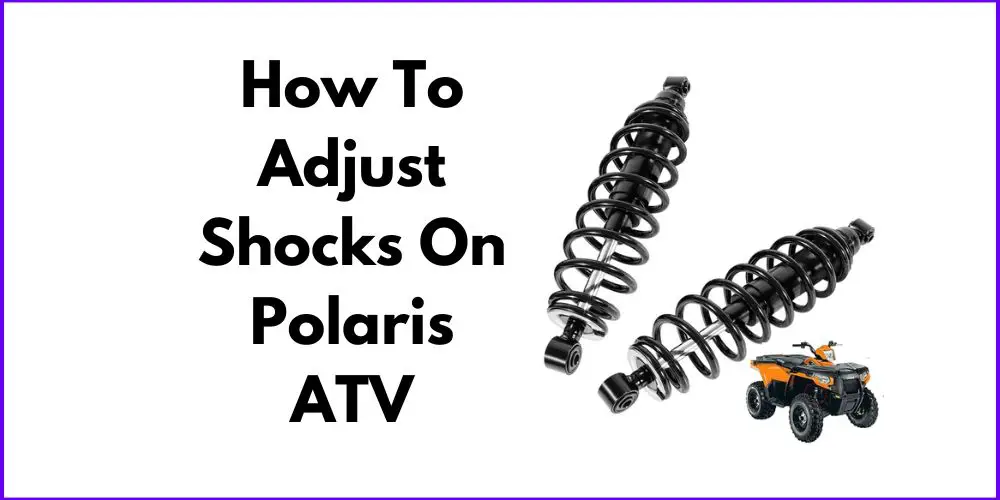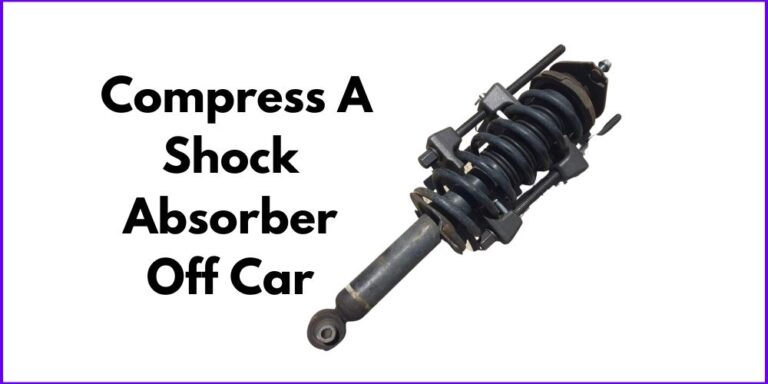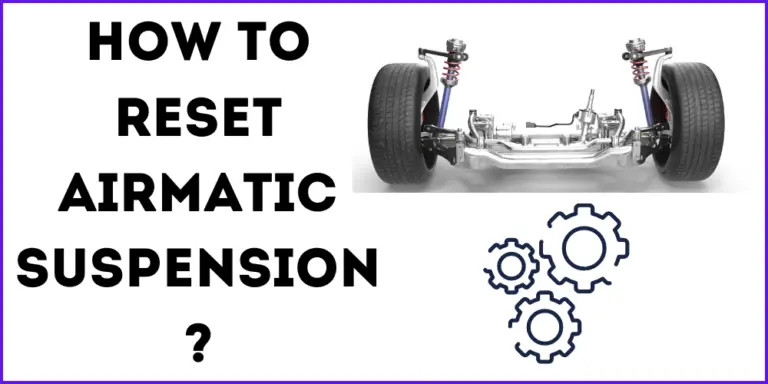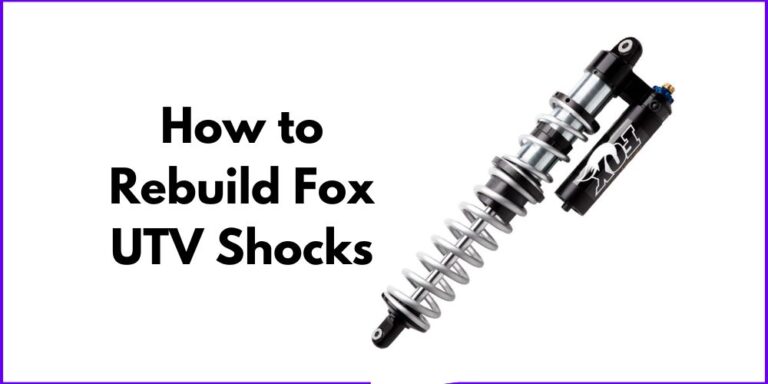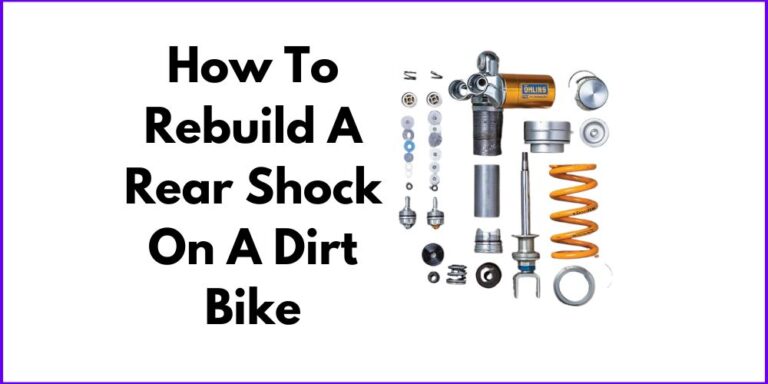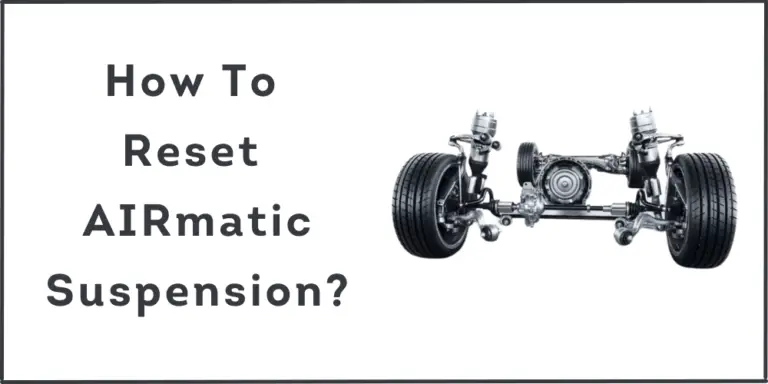Properly adjusted shocks are crucial for an ATV’s suspension system, especially when it comes to off-road adventures and rough terrains. In this blog post, we’ll focus on how to adjust shocks on Polaris ATVs and the significance of adjusting shocks specifically for Polaris ATVs. We’ll explore how this adjustment enhances your riding experience, improves comfort and control, and optimizes performance for different terrains. We’ll also provide an overview of the steps involved in adjusting Polaris ATV shocks, including accessing the shocks, making adjustments, and performing regular maintenance checks. Get ready to unlock the full potential of your Polaris ATV and enjoy exhilarating rides.
How To Adjust Shocks On Polaris ATVs
Adjusting shocks is vital for optimizing performance and enhancing your riding experience. Key components of Polaris ATV shocks include the shock body, piston, valving, and spring. Understanding these components helps you adjust Polaris ATV shocks effectively. Now, let’s explore the process of adjusting shocks on your Polaris ATV.
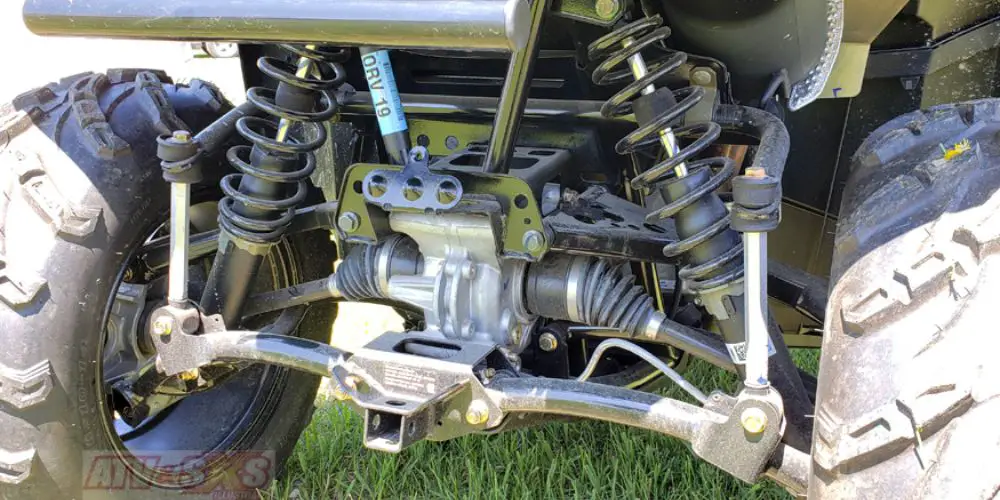
Before adjusting shocks on your Polaris ATV, it’s essential to prepare properly. Gather the necessary tools and equipment, such as a spanner wrench, socket set, and safety gear. Ensure a stable ATV position on a flat surface and follow the appropriate procedures for accessing the shocks. Now, let’s move on to exploring the different adjustment options, the impact of compression and rebound settings, and step-by-step instructions for adjusting the shocks.
Adjusting Shocks On Polaris ATVs
When it comes to optimizing the performance of your Polaris ATV, adjusting the shocks plays a crucial role. Understanding the different adjustment options available for Polaris ATV shocks and the impact of adjusting compression and rebound settings is essential. Let’s explore these aspects in detail.
- Different adjustment options: Polaris ATV shocks offer various adjustment options to fine-tune your suspension. These adjustments typically include compression settings and rebound settings. Compression settings control how the shock absorbs impacts and compresses, while rebound settings determine how the shock extends and returns to its original position.
- Impact of adjusting compression and rebound settings: Adjusting the compression and rebound settings of your shocks can significantly impact your ride quality and performance. Here’s a closer look at each setting:
- Compression settings: By adjusting the compression settings, you can regulate the resistance of the shock to compression forces. Increasing compression damping provides a firmer ride, which can be beneficial when tackling rough terrains or carrying heavy loads. On the other hand, reducing compression damping results in a softer ride, ideal for smoother trails or when seeking more comfort.
- Rebound settings: Adjusting the rebound settings allows you to control the speed at which the shock extends after compressing. Increasing rebound damping slows down the extension, offering more stability and control, particularly when encountering rapid terrain changes. Decreasing rebound damping allows for quicker extension, improving overall responsiveness and traction.
Fine-tuning the compression and rebound settings based on your riding conditions, preferences, and the terrain you’ll be traversing can greatly enhance your ATV’s performance and comfort.
Remember, the optimal adjustment settings may vary depending on factors such as rider weight, cargo load, and terrain conditions. It’s important to experiment and find the right balance that suits your specific needs.
In the next section, we’ll provide step-by-step instructions on how to adjust the shocks on your Polaris ATV, enabling you to make precise modifications and optimize your ride experience.
Step-by-Step Instructions for Adjusting Shocks on a Polaris ATV
Adjusting the shocks on your Polaris ATV is a straightforward process that can greatly enhance your riding experience. Follow these step-by-step instructions to ensure you make the adjustments correctly:
- Gather the necessary tools: Before you begin, make sure you have the appropriate tools and equipment. You’ll need a spanner wrench specifically designed for adjusting Polaris ATV shocks.
- Locate the adjustment points: Identify the shock adjustment points on your ATV. These are usually located near the shock body and have different settings for compression and rebound.
- Use the spanner wrench: Take the spanner wrench and choose the appropriate side for the adjustment notch. Insert the wrench into the corresponding notch on the shock adjustment point. This will allow you to turn the adjustment mechanism without damaging the grooves.
- Secure the ATV: To ensure safety and stability during the adjustment process, it’s recommended to secure your ATV in a stationary position. This can be done by using a sturdy stand or having another person hold the ATV steady.
- Adjust compression settings: To adjust compression, turn the spanner wrench in the appropriate direction. Turning it clockwise usually increases compression, providing a firmer ride, while turning it counterclockwise decreases compression, resulting in a softer ride.
- Adjust rebound settings: To adjust the rebound, use the spanner wrench to turn the adjustment mechanism in the designated direction. Clockwise turns typically increase rebound damping for more stability, while counterclockwise turns decrease rebound damping for quicker shock extension.
- Test and fine-tune: After making adjustments, take your ATV for a test ride to evaluate the effects of the changes. Pay attention to the ride quality, handling, and overall comfort. If necessary, make further adjustments until you achieve the desired performance.
By following these step-by-step instructions and taking the time to fine-tune the settings, you can optimize the performance and ride quality of your Polaris ATV. Remember to refer to your ATV’s manual for specific guidance and consult a professional if you encounter any difficulties.
Common Mistakes and Troubleshooting
To ensure a successful shock adjustment on your Polaris ATV, it’s important to avoid common mistakes and address any potential challenges. Here are some key points to remember:
-
Mistakes to avoid:
- Use the correct tools for adjustment to prevent damage.
- Apply the recommended amount of torque, neither over-tightening nor under-tightening.
- Clean the shocks before making adjustments to avoid introducing dirt and debris.
-
Potential challenges and issues:
- Stuck adjustment mechanisms can be resolved by cleaning and lubricating.
- Inconsistent performance may indicate loose or damaged components that require inspection.
-
Troubleshooting tips:
- Refer to the owner’s manual for specific guidance and solutions.
- Seek professional assistance if problems persist or if you’re uncertain about the troubleshooting steps.
Final Thoughts
In conclusion, adjusting the shocks on your Polaris ATV is crucial for an optimized riding experience. By fine-tuning the compression and rebound settings, you can enhance comfort, stability, and control. Avoiding common mistakes and troubleshooting any issues ensures a successful adjustment process.
We encourage you to take the time to adjust your shocks properly and reap the benefits on the trails. Share your experiences and questions in the comments section below.
Optimize your ride and make the most of your Polaris ATV by adjusting the shocks. Enjoy the thrill of off-road adventures with a finely tuned suspension.

